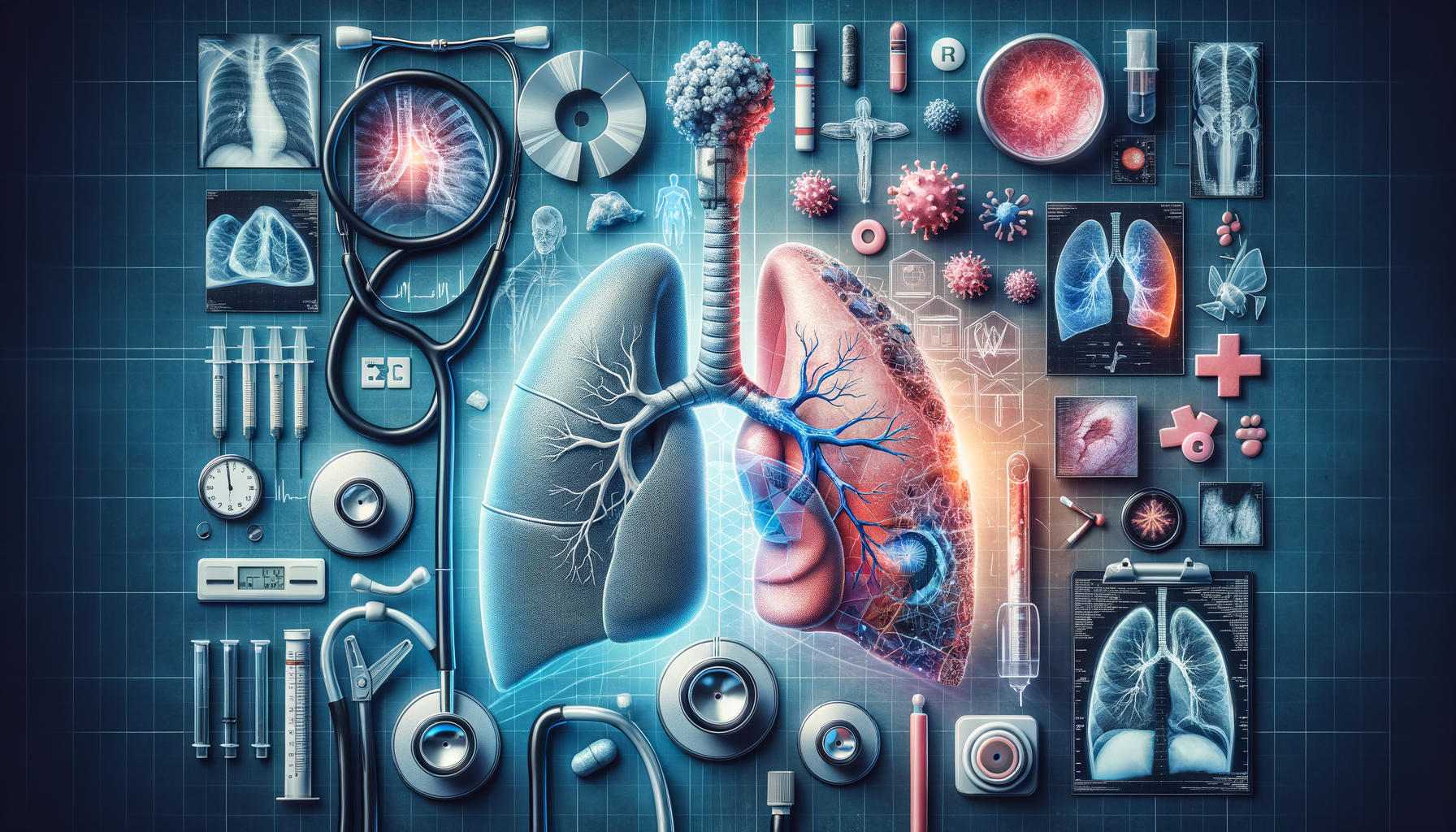Understanding Lung Cancer Symptoms
Lung cancer is a significant health concern worldwide, often presenting with subtle symptoms that can be easily overlooked. Understanding these symptoms is crucial for early detection and treatment. Common symptoms include persistent coughing, which may be accompanied by blood, chest pain that worsens with deep breathing, coughing, or laughing, and hoarseness. Other signs might include unexplained weight loss, shortness of breath, and a loss of appetite.
It’s important to note that these symptoms can vary depending on the type and stage of lung cancer. For instance, small cell lung cancer may progress rapidly, with symptoms becoming more severe in a short period, while non-small cell lung cancer might develop more slowly, making early detection challenging. Recognizing these symptoms early can significantly improve the prognosis, emphasizing the importance of regular medical check-ups, especially for individuals at higher risk.
Early Warning Signs of Lung Cancer
Detecting lung cancer in its early stages can be lifesaving. Early warning signs are often subtle and can mimic other respiratory conditions, making them easy to dismiss. However, being vigilant about these signs can make a significant difference. Among the early indicators are a persistent cough that doesn’t go away, changes in a chronic cough, and coughing up blood, even in small amounts.
Additionally, watch for recurrent respiratory infections such as bronchitis or pneumonia, which could indicate an underlying issue. A change in voice, particularly hoarseness, and persistent chest discomfort are also warning signs. While these symptoms can be caused by other health conditions, it’s crucial to consult a healthcare professional if they persist, especially for those with a history of smoking or exposure to secondhand smoke and environmental toxins.
Methods of Lung Cancer Detection
Detecting lung cancer early involves a combination of medical examinations and diagnostic tests. The process typically begins with a thorough medical history and physical examination, followed by imaging tests such as chest X-rays and CT scans. These imaging techniques help identify abnormalities in the lungs that may suggest cancer.
In addition to imaging, sputum cytology can be used to examine mucus from the lungs under a microscope to detect cancer cells. If these tests indicate the presence of lung cancer, a biopsy is often performed to confirm the diagnosis. This involves taking a small sample of lung tissue for examination. Advanced techniques like PET scans and MRI may also be utilized to determine the extent of cancer spread, guiding treatment decisions.
Early detection is crucial, as it opens up more treatment options and improves the chances of successful management. Regular screenings are recommended for individuals at high risk, such as long-term smokers or those with a family history of lung cancer, as they can help catch the disease in its most treatable stages.
Comparing Lung Cancer Symptoms and Other Conditions
One of the challenges in diagnosing lung cancer is that its symptoms often overlap with other respiratory and systemic conditions. For example, chronic obstructive pulmonary disease (COPD) and asthma can also cause persistent coughing and shortness of breath. Similarly, infections like pneumonia can lead to chest pain and coughing up blood.
Distinguishing lung cancer from these conditions requires careful evaluation. A key difference is the persistence and progression of symptoms in lung cancer, which do not typically improve with standard treatments for infections or respiratory conditions. Additionally, symptoms like unexplained weight loss and persistent hoarseness are more suggestive of cancer.
Healthcare professionals often rely on a combination of patient history, risk factors, and diagnostic tests to differentiate lung cancer from other conditions. This underscores the importance of not ignoring symptoms and seeking medical advice when they persist, as early intervention can make a significant difference in outcomes.
Summary: The Importance of Awareness and Early Detection
Lung cancer remains a major health challenge, but understanding its symptoms and early warning signs can lead to timely detection and treatment. Recognizing persistent symptoms like coughing, chest pain, and unexplained weight loss is crucial, especially for those at higher risk.
Early detection methods, including imaging and biopsies, play a vital role in confirming diagnoses and guiding treatment. While symptoms may mimic other conditions, their persistence and progression are key indicators of potential lung cancer.
Ultimately, awareness and proactive health management, including regular screenings for high-risk individuals, are essential strategies in reducing the impact of lung cancer. By paying attention to the body’s signals and seeking timely medical advice, individuals can improve their chances of successful treatment and better outcomes.




Leave a Reply